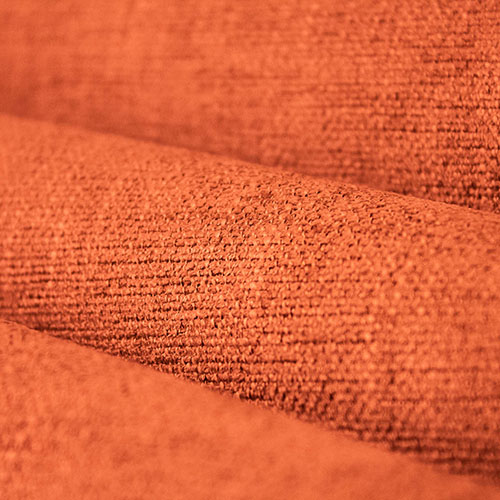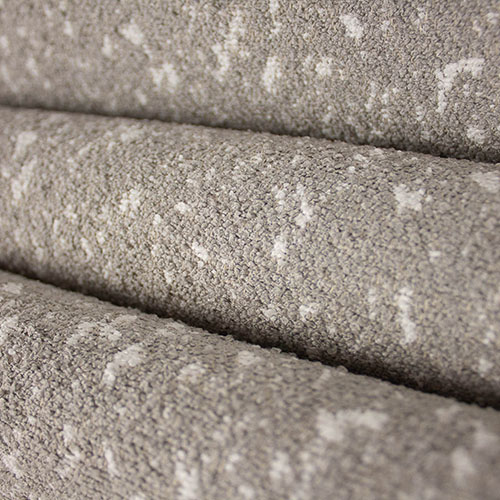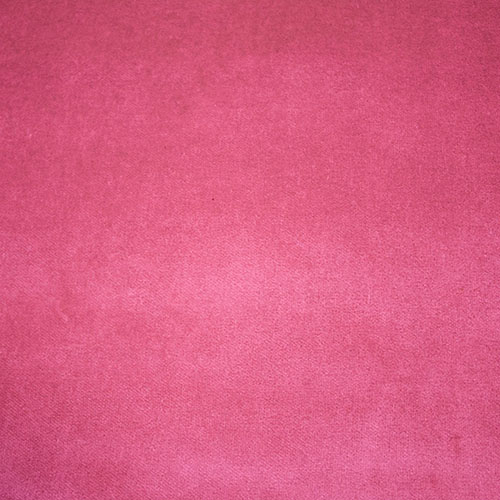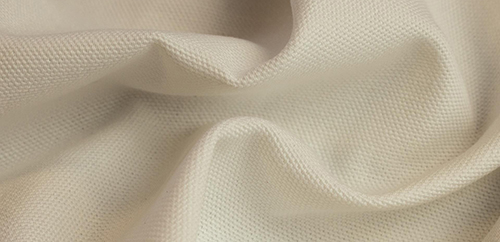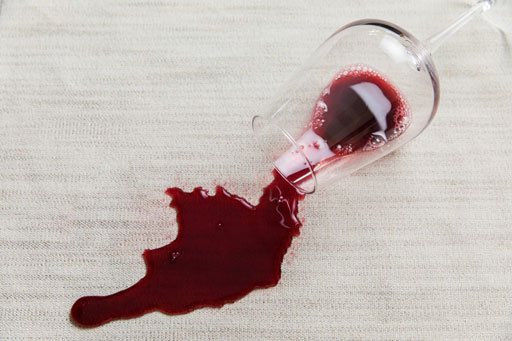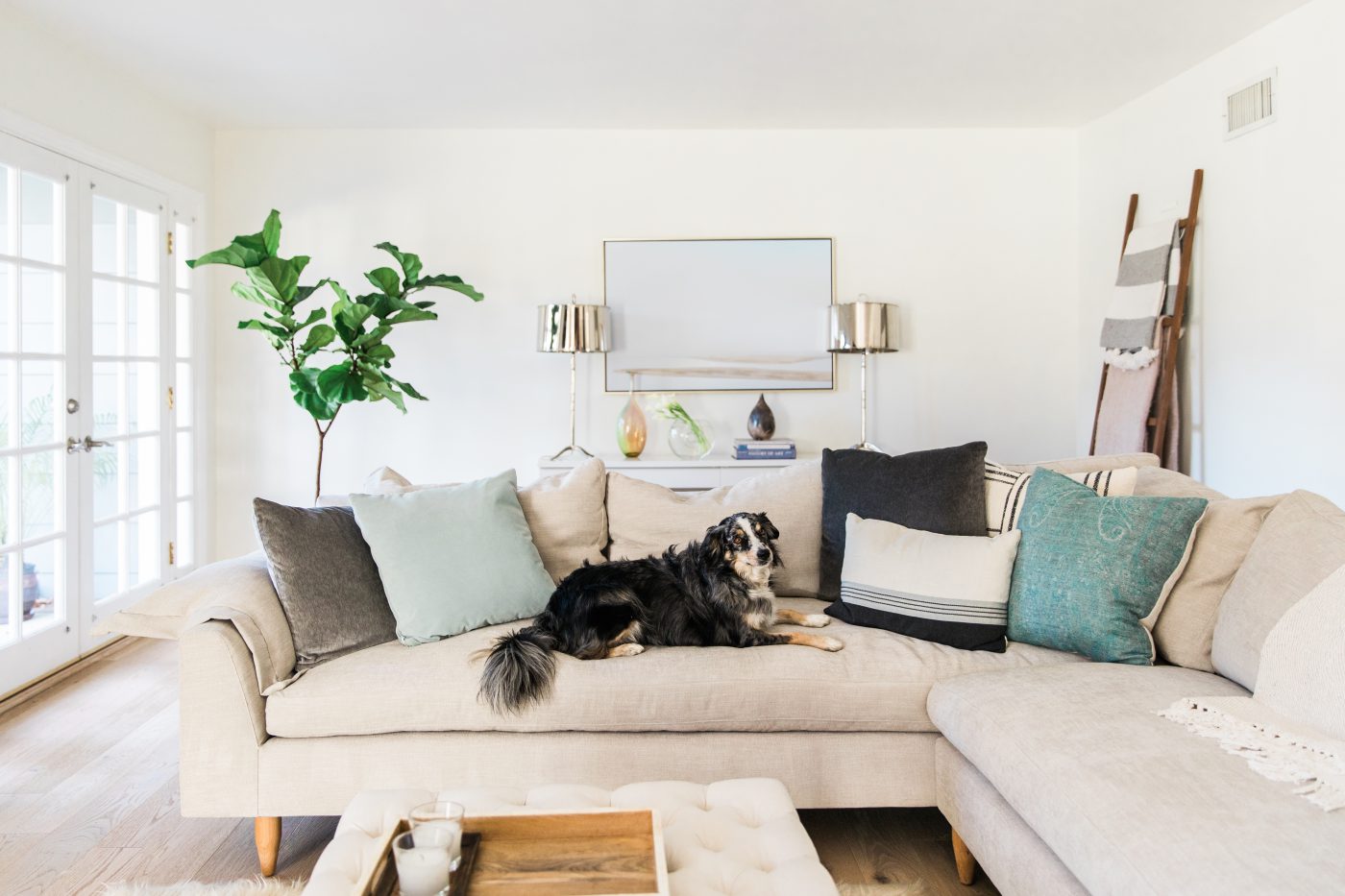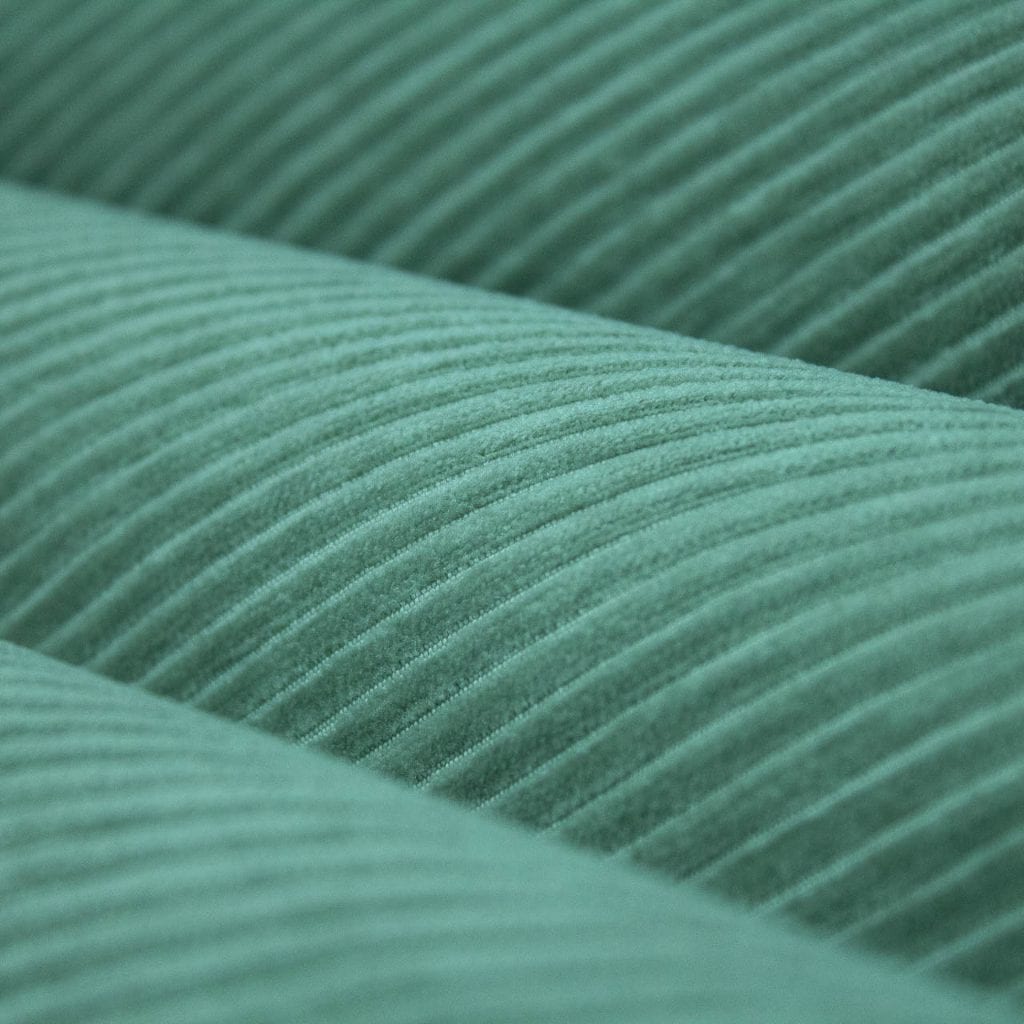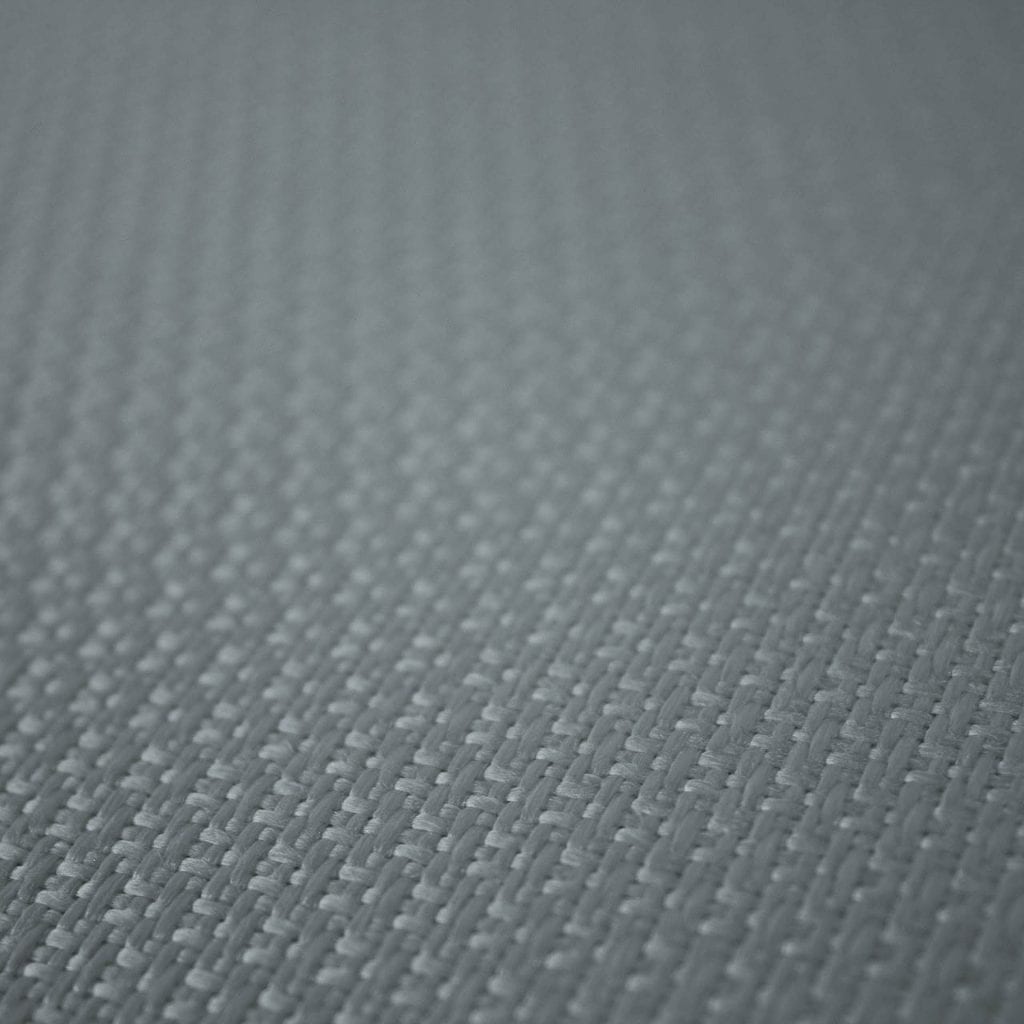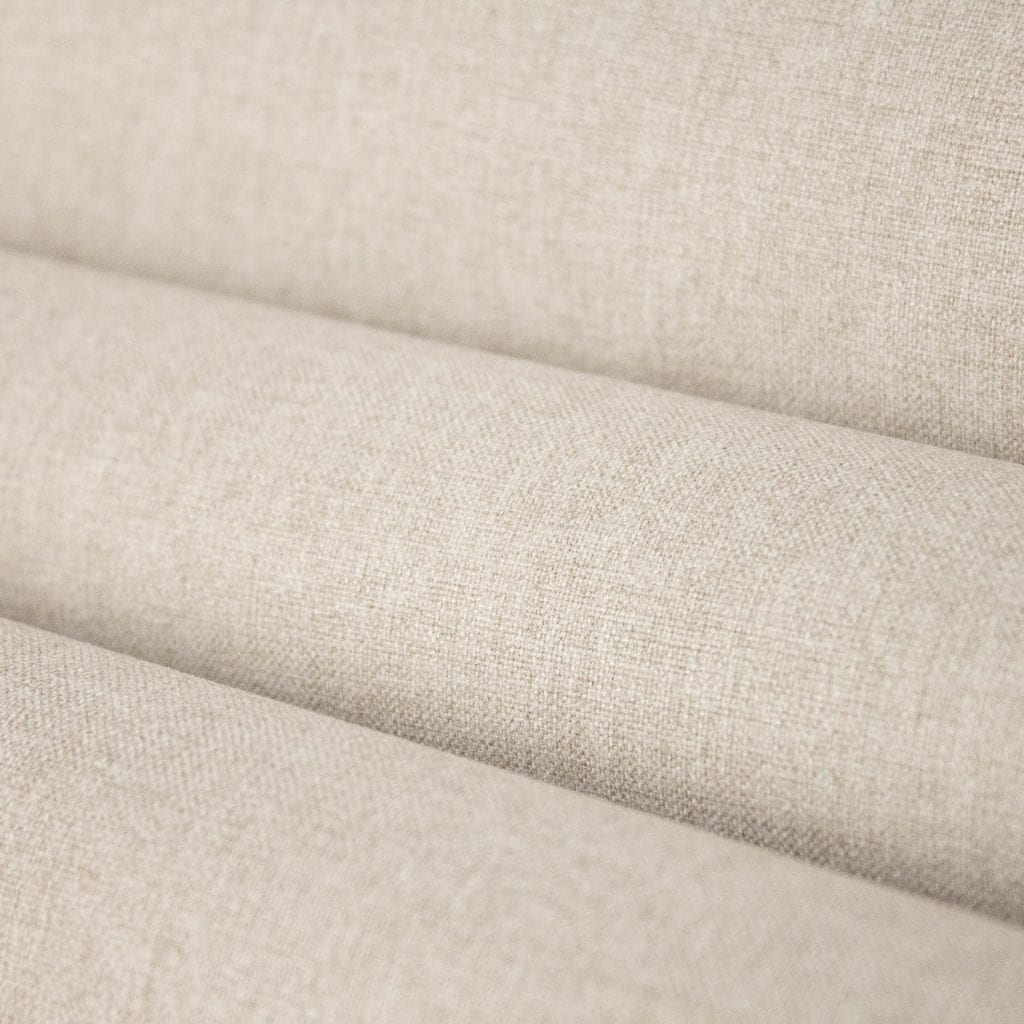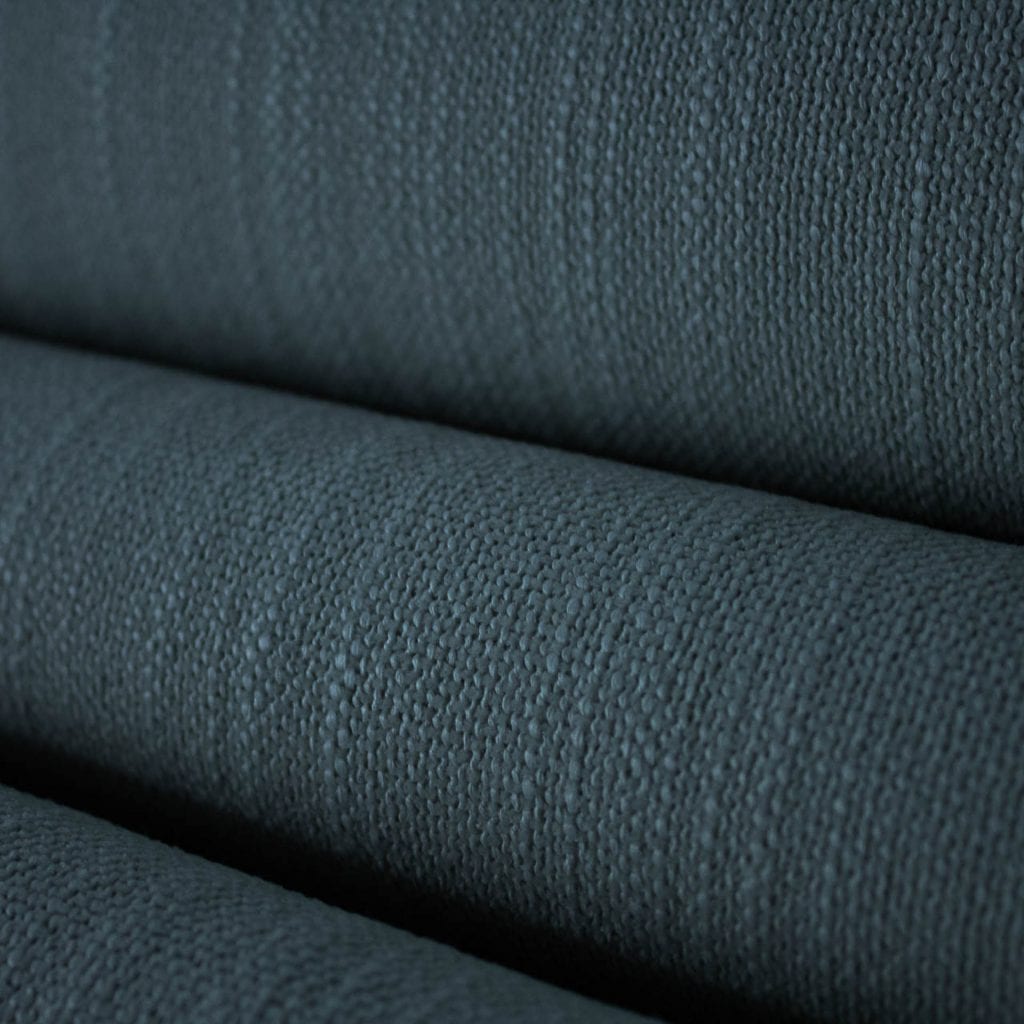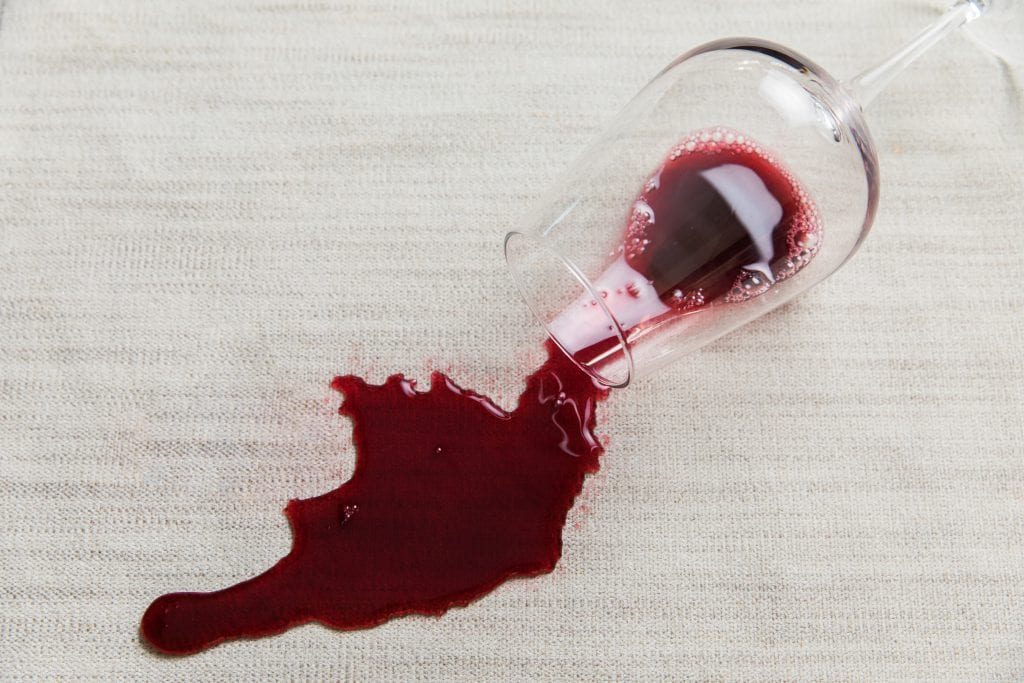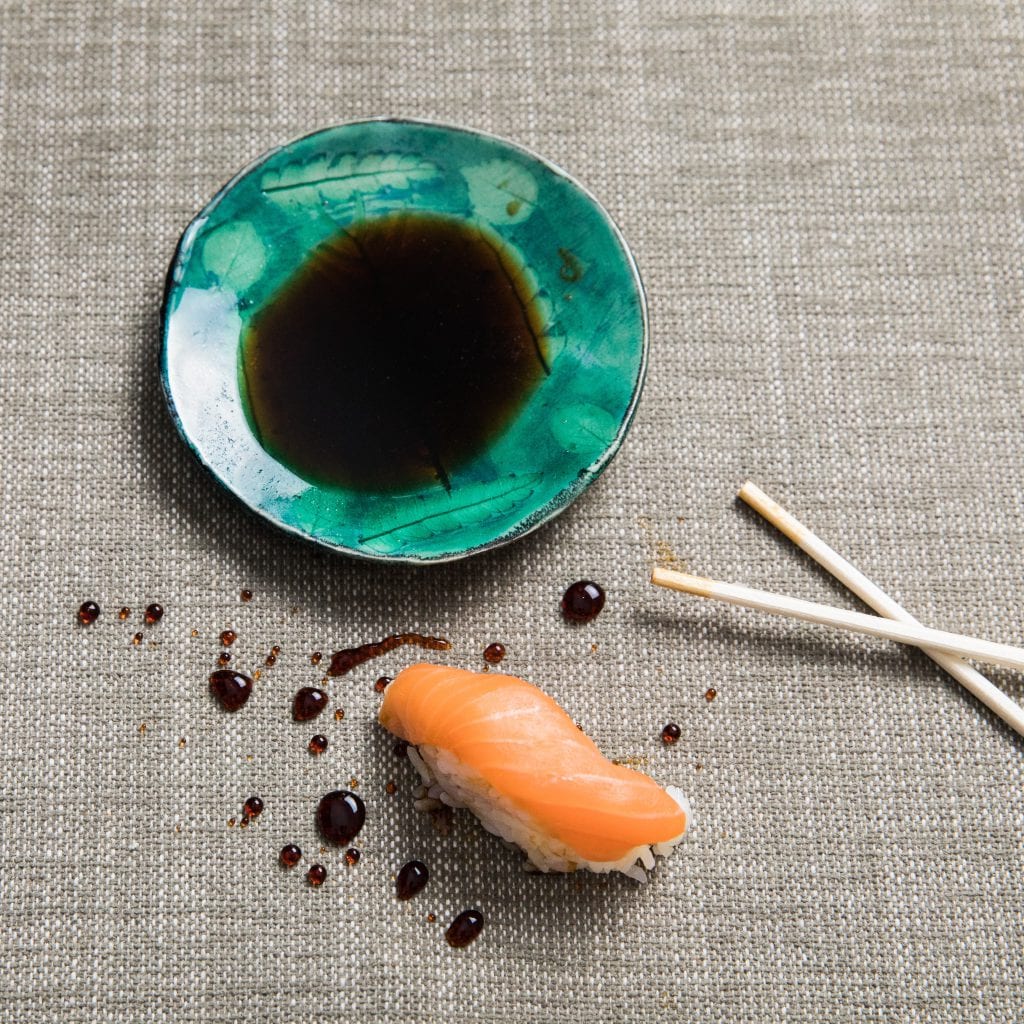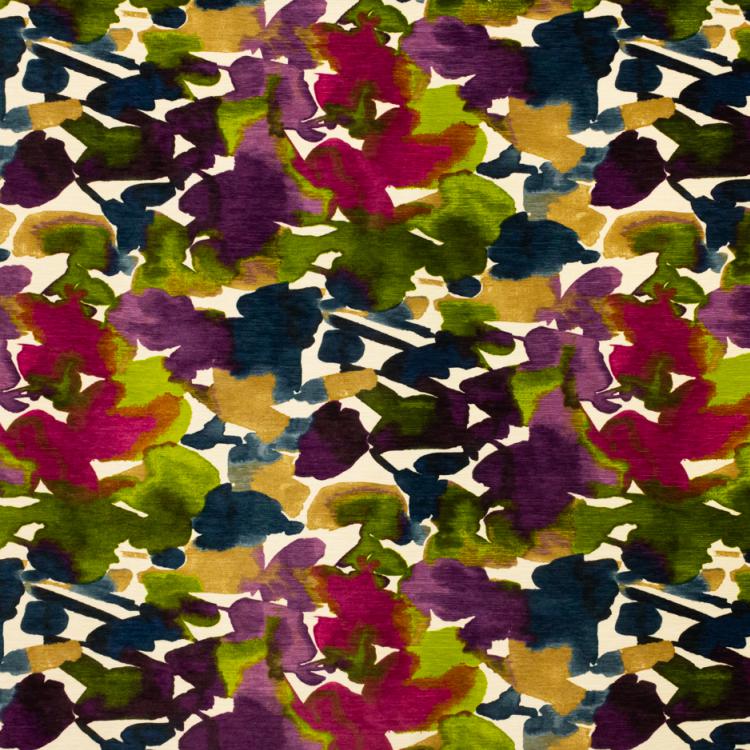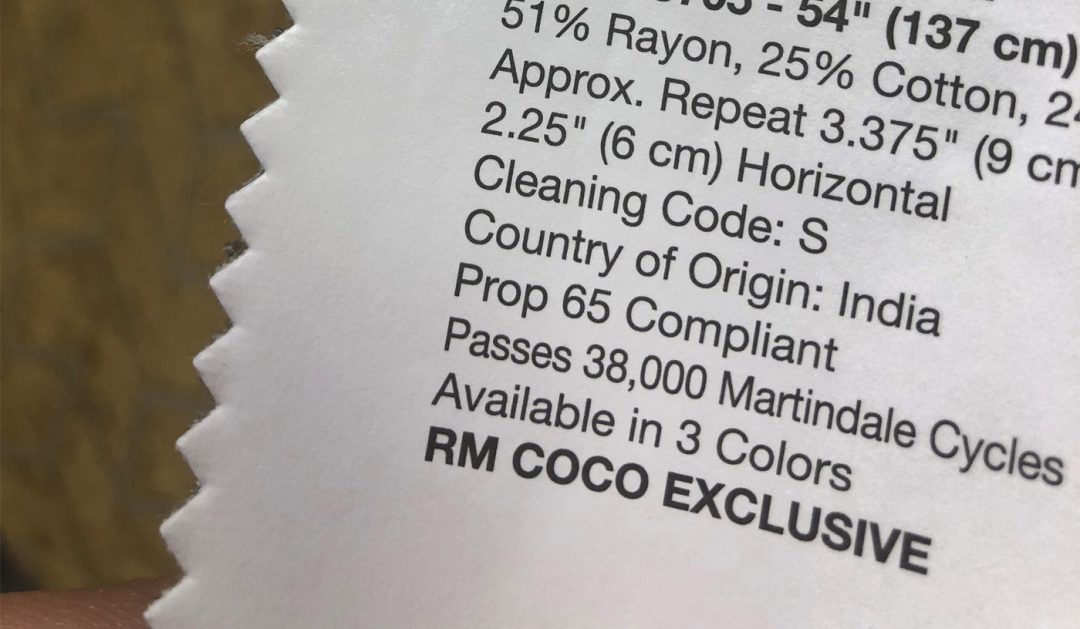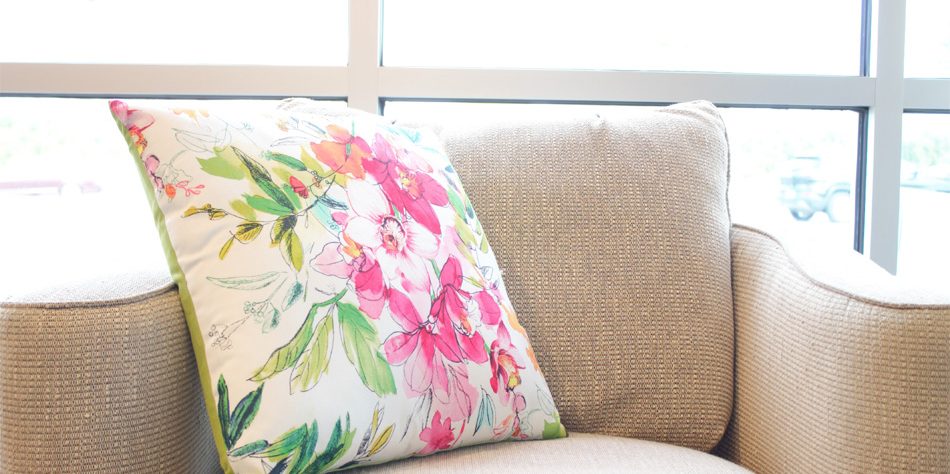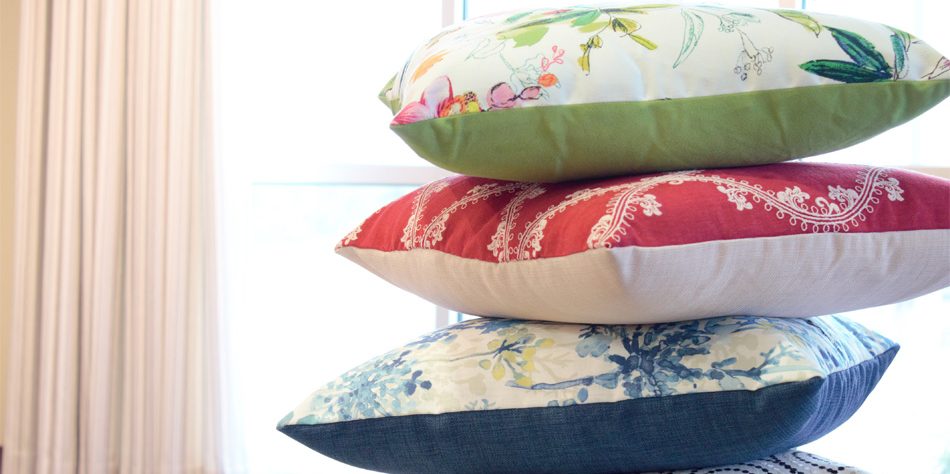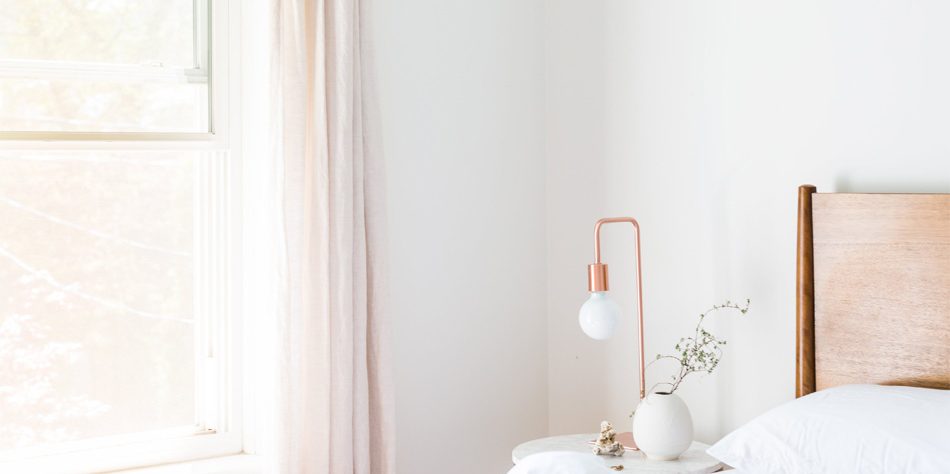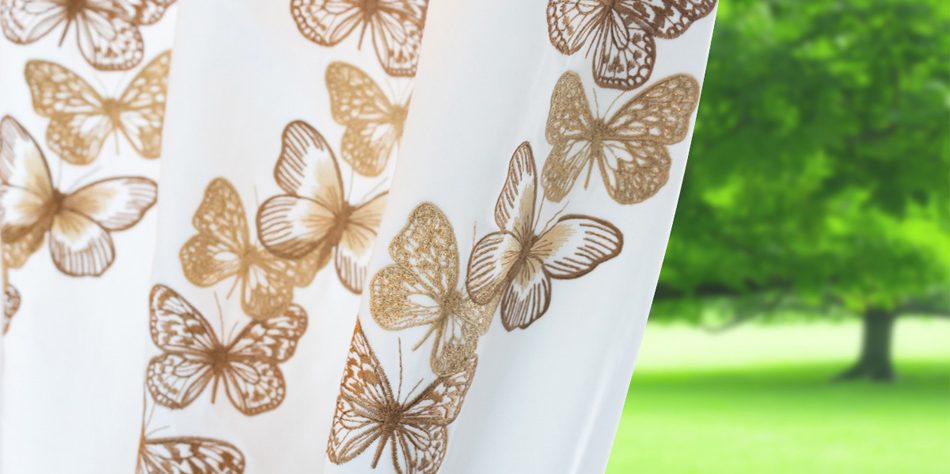FLAME RETARDANT FABRICS
Test and certifications every designer should know
Not all Flame Retardancy tests for fabrics are the same! Identifying the specific application and environment where fabrics are to be used will help determine which FR testing fabrics will need to pass.
All FR tests measure the flammability of the fabric when exposed to a specific source of flame. FR certification is the assurance via several safety tests that these fabrics pass certain criteria, making them safe to utilize in a variety of environments.
Customers can find the world of FR testing confusing, especially if they do not work with FR criteria often. One of the biggest myths in the FR world involves polyester. Polyester yarns are self-extinguishing, so many assume that all polyester fabrics will pass NFPA 701, which is not the case. Additionally, Trevira is a brand of polyester and is not FR. Only Trevira CS products will pass commercial FR testing.
RM COCO lists all of the test results to our customers that are available for each specific fabric we introduce. Since we do not know the specific end usage we provide all FR testing results for each fabric in our line.
We use the flame symbol on all fabrics that have passed one or more FR tests, but how the end-use of the fabric, and the specific room setting, is the only way to know which test applies to the specific installation. Most often, NFPA 701 or NFPA 260 are the two tests that our customers need, but that is not always the case.
RM COCO offers fabrics that pass Cal 117/SE, Boston Fire, British Standard, Motor Vehicle (FMVSS 302), NFPA 260, and NFPA 701. If a fabric passes any one of these tests we will show a flame symbol on the item, but that does not mean that the fabric will meet all FR requirements for a given project. An NFPA 701 FR certificate is required to pass the building code/Fire Marshall for commercial drapery applications. Furniture manufacturers are required to show that the fabric(s) being used for commercial upholstery applications pass NFPA 260.
FR – Fire Retardant (aka Flame Retardant)
Fabrics certified FR have been topically treated in an immersion process using a chemical fire retardant after weaving. Cotton and other natural fibers certified as flame-retardant are FR topically treated. Some synthetic fabrics are also topically treated. Since the treatment is topical, it will wear out in time, and repeated cleanings will cause the flame retardancy to dissolve sooner. Most flame-proofing chemicals are water-soluble and will also dissipate through dry cleaning. Draperies made from FR fabrics should be re-tested periodically for flame retardancy, as retreatment may be required. For this reason, “FR” flame retardancy is certified for only one year. A Certificate of Flame Retardancy is furnished to customers upon request.
IFR – Inherently Fire Retardant (aka Inherently Flame Retardant)
PFR – Permanently Fire Retardant (aka Permanently Flame Retardant)
Fabric that has been certified as “IFR” or “PFR” has been woven from fibers that are non-combustible for the life of the fabric. For this reason, the fire retardancy of “IFR” and “PFR” fabrics will last for the life of the fabric and will not dissipate after cleaning. A Certificate of Fire Retardancy is furnished upon request.
NFR – Not Fire Retardant
CBFR – Can Be Made Fire Retardant
CNFR – Cannot Be Made Fire Retardant
Fabric labeled “NFR” is not. If “CBFP” is indicated, that fabric can be treated for fire retardancy. Such treatment would include topical treatment in an immersion process, making the fabric “FR.” Some synthetics can be made fire-retardant. If “CNFR” is indicated, that fabric cannot be treated for fire retardancy and, as such, should not be used in public venues. Among the types of fabrics that cannot be made fire retardant are certain synthetic and/or metallic fabrics.
What is NFPA 701?
Fabrics used in most public spaces (including schools, churches, auditoriums, theatres, and more) are required by law in many states and cities to be certified as flame retardant, according to standards developed by the National Fire Protection Association (NFPA). NFPA has various standards depending on how the fabric will be used. In the case of draperies, curtains, and similar hanging textiles, the standard that applies is NFPA 701: Standard Methods of Fire Tests for Flame Propagation of Textiles and Films. This test measures the flammability of a fabric when it is exposed to specific sources of ignition.
NFPA 701 – Test #1
Purpose: Used to classify fabrics used in curtains, draperies, or other window treatments as well as other hanging textiles. Method: Specimens are subjected to a 4-inch flame for 45 seconds. Test: Observes flame spread, dripping components during the burn, and burn after-flame has been removed. ACT Recommendation: retains 60% of the original weight and max 2 second drip is Passed.
The fabric will pass the test if all samples meet the following criteria:
- An after-flame that is less than 2.0 seconds
- A char length of less than 6.5”
- The specimen does not continue to flame after reaching the floor of the test chamber
Fabric certified as flame retardant is certified to have been tested and passed the NFPA 701 test.
Note: The highest standard covers all ‘vertical hanging textiles’ for drapery treatments, roman shades, and roller shades.
What additional FR tests may be required on a project?
ASTIM E84 – Upholstered Walls
Purpose: Rates flame spread and smoke development of interior finish building materials. Method: As application dictates (wrapped panels, glued fabric, etc.) samples are laid in a 25’ tunnel and lit aflame at one end. Test: Measures how far and fast flames travel and the amount of smoke that develops. Association for Contract Textiles (ACT) Recommendation: Flame-spread of 25 and smoke dev. of 450 or less for Class 1/A
Notes: This is usually considered to include any items that are a part of the ‘structure’.
BFDIX1 – City of Boston Fire Code
Purpose: Used to classify draperies and decorative materials used within the city of Boston. Method: Specimens are subjected to a 6-inch propane torch flame for 10 seconds. Test: Measures char length and continuation of burn after the flame source has been removed. Strictly designed for materials within the City of Boston. ACT Recommendation: PASS
Note: A very specific Fire Rating needs to make note of the specific property geography.
CAL/TB 117 – California Technical Bulletin
Purpose: Performed to classify upholstery fabrics used within the state of California. Method: Specimens are subjected to a 5/8” flame for 1 second. Test: Measures the amount of time for the flame to spread upwards and burn a stop cord placed at the top of the sample. Typically, the easiest of all ratings to achieve. ACT Recommendation: PASS
Note: A very specific Fire Rating needs to make note of the specific property geography.
NFPA 260 – Upholstered Seating
Purpose: Measures the ability of upholstery fabric to resist ignition by a smoldering cigarette when the specimen is tested in combination with polyurethane foam cushioning. Method: Wrap test fabric around a cushion and leave a lighted unfiltered cigarette on top of the cushion seat. Test: Measures the char length. ACT Recommendation: Char length less than 1.75” and no foam ignition is Passed. Note: This is the rating also needed for decorative pillows and bedding items, it is a slightly lower standard than NFPA 701.
FAR 25.853 (b) – Federal Aviation Regulation
Aircraft: floor covering, draperies, seat cushions, upholstery, padding, decorative, and non-decorative coated fabrics, etc.
BIFMA, Class A – Business and Industrial Furniture Manufacturing Association
The Business and Industrial Furniture Manufacturing Association is also accredited by ANSI to be the administrator of the U.S. Technical Advisory Group to ISO Technical Committee TC-136 Furniture. ANSI/BIFMA X5.1-2011 general-purpose office chairs, ANSI/BIFMA X7.1-2011 standard for formaldehyde and TVOC emissions of low-emitting office furniture and seating, ANSI/BIFMA M7.1-2011 standard test method for determining VOC emissions from office furniture systems
MVSS 302 – Motor Vehicle Safety Standard
This protocol is currently used by the automotive industry for fabrics used in motor vehicles. The test fabric is placed horizontally and allows the test flame to burn at one end. As the fabric burns away from the test flame it is gradually relieved of the heat and combustion front until within a distance of 1.5 inches from the flame. The test measures flame spread from a point of 1.5 inches from the flame to 11.5 inches from the flame. Any flame spread that is 4 inches per minute or less is acceptable.
UFAC 1 – Upholstered Furniture Action Council
This test is often referred to as the (Cigarette Test) because the purpose is to classify the fabric on its propensity to resist cigarette ignition when tested in combination with a standard foam cushioning material. The candidate fabric is used to cover small pieces of a standard foam cushioning material. The test pieces (fabric over the foam) are placed on a small test rig, simulating a chair back and seat. A lighted cigarette is placed in the crevice where the back and the seat of the chair meet. To intensify the heat, the cigarette is covered by a piece of cotton sheeting fabric. This test records the extent of vertical burning (char length) on the back section of the seat assembly and whether or not ignition occurred.
British Standard Tests
BS5867 Part 2 B & 2C – This standard detail the requirements for flame retardant curtains and blinds fabrics
Part 2 B means that an item can be washed 12 times and still pass the fire retardancy test.
Part 2C relates to inherently flame retardant fabrics which can be washed up to 50 times and continue to be fire-resistant.
BS7175 – Effecting Bedding. The fabrics will need to be polyester to pass as they need to be inherent for the continued washing.
BS5852 – Upholstery fabrics – Crib and match test used to ensure they will not burn with a cigarette and a match against them







